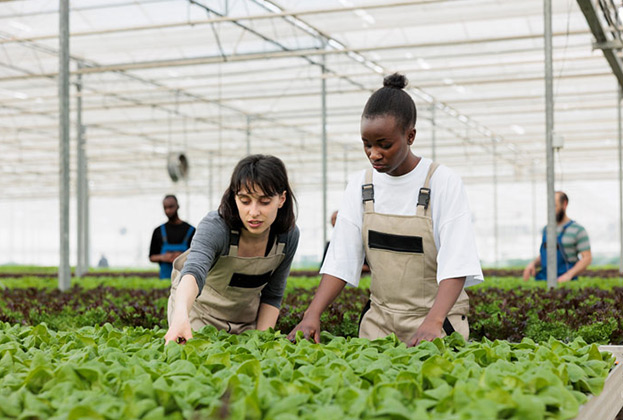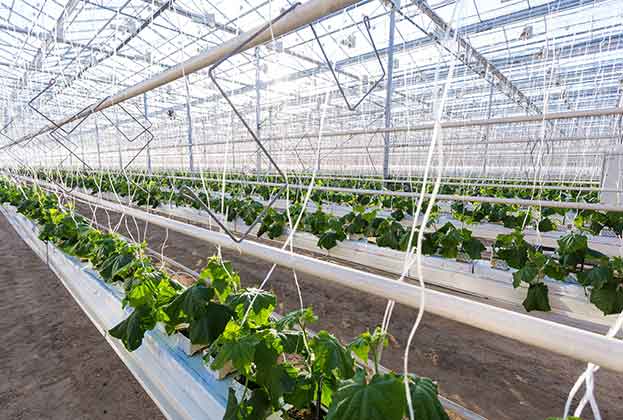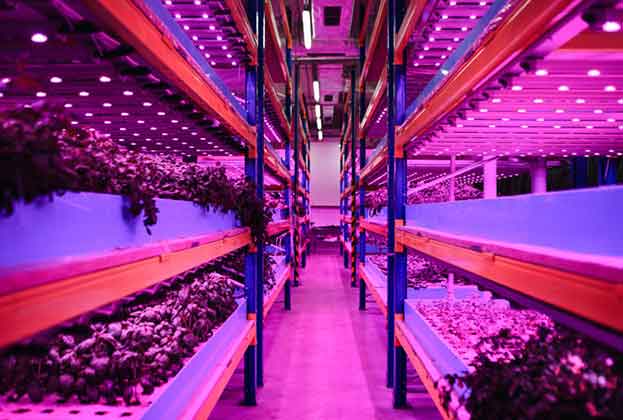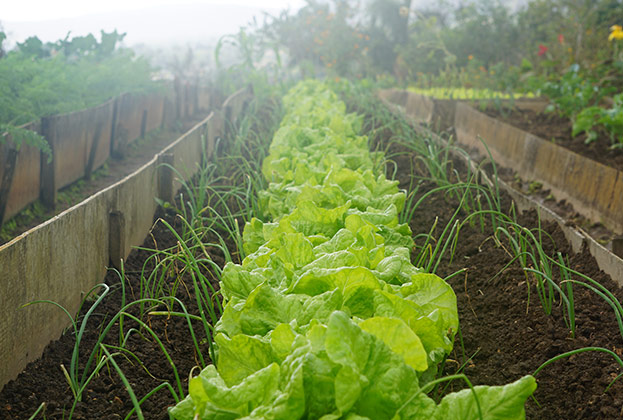The lack of salad on supermarket shelves has concentrated the public conscience on where the UK’s food comes from and how to guarantee the nation’s food security in the future
What is controlled environment horticulture?
Controlled environment horticulture uses various degrees of technology and protection to grow all manner of crops. Glasshouses and vertical farming use technology to control temperature, light, carbon dioxide levels and other factors essential for crop growth in order to optimise productivity. With this technology, yields are greatly enhanced, growing seasons are extended and output becomes more predictable.
.jpg)
Going Dutch: controlled environment horticulture in the UK
Can the UK emulate the role played by the Netherlands in global food production?
Less than 100 miles of water separates the United Kingdom and the Netherlands, yet the differences in food production are stark and perplexing. The Netherlands has only around 16,000 square miles of land but is the second largest exporter of food in the world. While the Netherlands also has a robust re-export industry, the vast majority of all goods exported by the agriculture and food sector are Dutch-manufactured.
Less than half of the food consumed by Britons is produced in the UK, despite a land area more than six times as great as the Netherlands. In fact, of the 838,000 tonnes of salad vegetables imported into the UK in 2022, 36% came from the Netherlands. Part of this will be attributable to the Rotterdam effect, whereby non-EU exports to the UK through the EU are recorded as originating in the first port of entry rather than their true nation of origin. The effect is named after the port of Rotterdam, one of the busiest in the world.
A further 32% came from Spain and 17% from Morocco. That’s a staggering 85% originating from only three nations, a vulnerability that has been revealed recently as supermarkets begin to ration salad vegetables. This is due to Spanish farms suffering cold spells, while Morocco has experienced flooding and plunging temperatures, which means that supermarkets are struggling to source produce.
UK policy is making increasingly favourable overtures to the controlled environment horticulture systems that have played such a central role in pushing the Netherlands to the forefront of global food production. In this Spotlight, we investigate why and how the UK might develop this sector and where the opportunities lie for investors. We also look at whether there are alternative models of promoting horticulture with a greater range of benefits to consumers.
The impact of Brexit
2021 marked a sharp increase in the proportion of salad vegetables (tomatoes, lettuce, cucumbers and peppers) that the UK imported from outside Europe and a decrease in the proportion imported from EU member states (see chart below).
As time advances and this favouring of non-EU imports grows, evidence builds that the trend is more attributable to Brexit than Covid-19. While 2020 marked a jump, the proportion of non-EU imports had been growing since 2016. This was the year that Brexit became a near-certainty and so it is reasonable to suggest growers, suppliers and retailers were already establishing alternative supply chains. Further checks will be applied to EU food and plant imports in June 2023, likely causing longer queues at borders and increasing friction and delays for perishable products.
Dutch growers have also been suffering from high energy costs to heat glasshouses. The high-tech nature of Dutch horticulture has not extended to a reliance on renewable energy. Instead, Dutch glasshouses use around three billion cubic metres of gas a year, or about 8% of the national total. In the first half of 2022, this plummeted in an attempt to limit the impact of the energy price crisis, reducing output. While trade between the Netherlands and the UK naturally fluctuates, volume declined by 10% between 2020 and 2021. There was some recovery in 2022, but volume remained lower than pre-2020 levels. This dynamic may prove favourable to British growers who have flexible cropping and new technology. The current supply crisis, with fruit and vegetable rationing in some supermarkets, may be the trigger that retailer supply chains need to reform procurement practice.
With security of contract, growers will be able to access greater economies of scale and potentially insulate themselves against economic headwinds. UK growers should not expect consolidation to be free of European competition, however. In order to secure share in a lucrative UK market, Dutch enterprises are also looking to secure growing space on this side of the Channel. A weakened, post-Brexit sterling will make this more accessible.
Read the articles within Spotlight: Controlled Environment Horticulture below.




